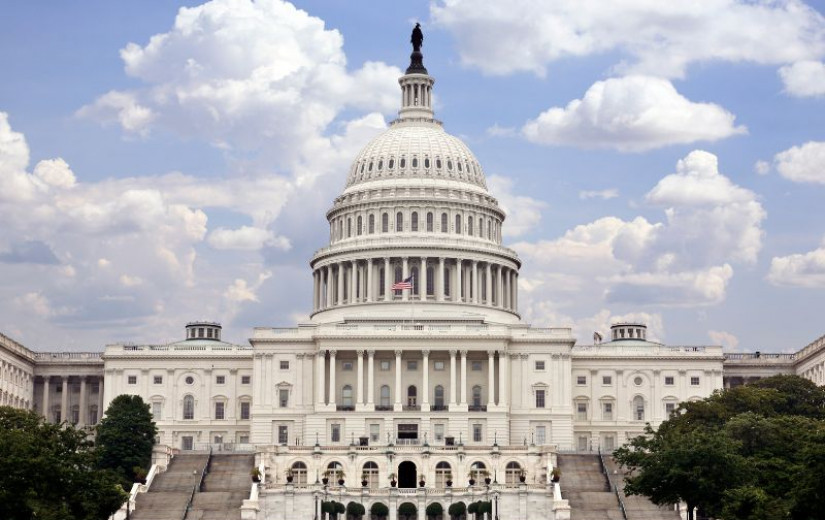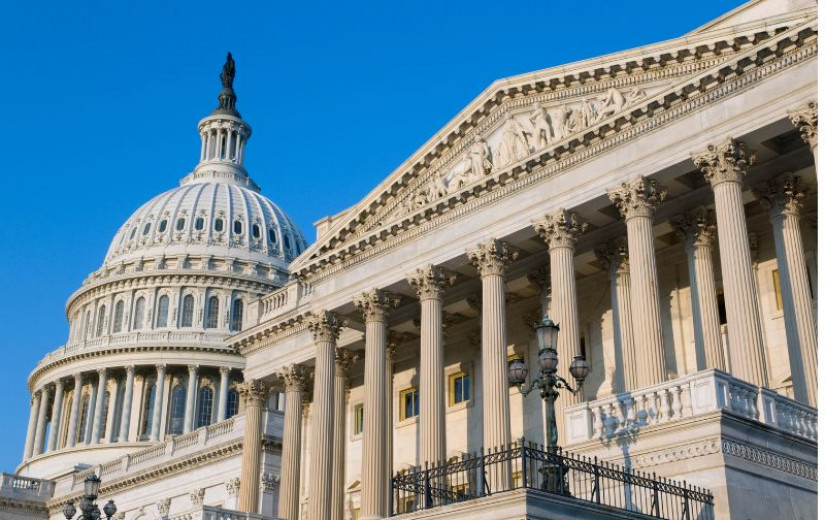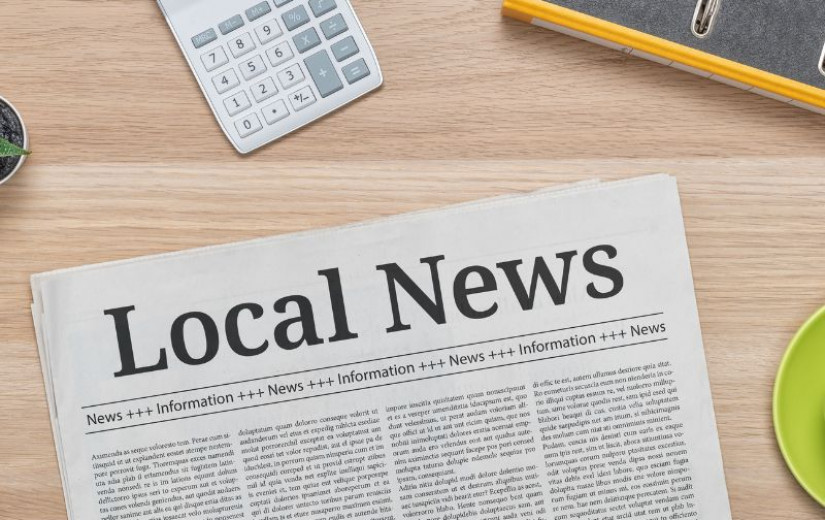
(TheDailyCurrents.com) – Following natural disasters like earthquakes, tornadoes, or floods, the president might declare the affected area a natural disaster zone and allow emergency food assistance for the affected individuals. That’s where the D-SNAP (Disaster Supplemental Nutrition Assistance Program) comes in.
Read on to learn more about the D-SNAP program, what makes you eligible for disaster relief assistance, and how to apply for D-SNAP benefits as a disaster survivor.
What Is the D-SNAP Program?
D-SNAP, also called Disaster SNAP, is a special form of emergency food assistance program designed for disaster zones only. The D-SNAP program provides food assistance to individuals that have undergone food damage or food loss due to a natural disaster.
When there’s a natural disaster, the president can declare individual disaster assistance for the disaster survivors. Following the president’s declaration, different states might then request approval for the D-SNAP from the Food and Nutrition Service (FNS), which is part of the US Department of Agriculture (USDA).
Once the state’s request gets approved, it’s given a limited period, usually a week, during which they’re expected to accept D-SNAP applications from affected community residents. You receive an EBT card when you get approved for D-SNAP benefits. The card operates just like a debit card, but you can only use it to purchase allowable food stuff at your local FNS-authorized stores.
Who Qualifies for D-SNAP? The General Program Eligibility Requirements
You can qualify for D-SNAP if you live where:
- The president has authorized individual assistance
- The United States Department of Agriculture’s Food and Nutrition Service has approved the state to operate the D-SNAP program
Unlike the traditional SNAP program, the D-SNAP uses different eligibility requirements to help cater to the unique needs of each disaster survivor. Even though you wouldn’t normally qualify for the normal SNAP assistance, you might qualify for D-SNAP emergency assistance if you have one of these disaster-related expenses:
- Temporary shelter expenses
- Relocation or evacuation expenses
- Costly business or home repair expenses
- Disaster-related injuries or illness, including funeral expenses
- No access, delayed, reduction, or loss of income due to the disaster
- Food loss from disasters like floods and power outages (in some cases, meaning it depends on an individual case)
If you’re currently under the SNAP program, you can still request a disaster relief supplement when your state launches a D-SNAP program, provided you meet the following conditions:
- You have disaster-related losses
- Your current SNAP benefits are way less than the monthly maximum
If your household receives D-SNAP benefits, you’re also eligible for free meals, irrespective of your income. School meal programs provide free meals for the whole school year. Affected families can contact their local childcare center or school for more information.
How to Apply for D-SNAP Benefits
Once your state gets approved for a D-SNAP program or disaster food stamps, you’re given about a week to apply. To apply for D-SNAP benefits, you must contact the local SNAP office.
Alternatively, you can find application sites in your disaster-affected area through the SNAP State Directory. Each state has its own application process, so click on your specific state on the SNAP State Directory map for contacts and application information.
In addition, before the D-SNAP program begins, your state agency will release information through the local media and press. The state will let you know how to apply for the program, the days of the operation, as well as the eligibility criteria.
Lastly, don’t just assume that you don’t qualify for the D-SNAP emergency disaster recovery assistance. Contact your local SNAP office and inquire about the eligibility requirements for your specific area. Also, checking the map on the SNAP State Directory site will give you the contact information you need to contact the local food stamps office and connect with program experts who will answer your questions.
Copyright 2023, TheDailyCurrents.com










